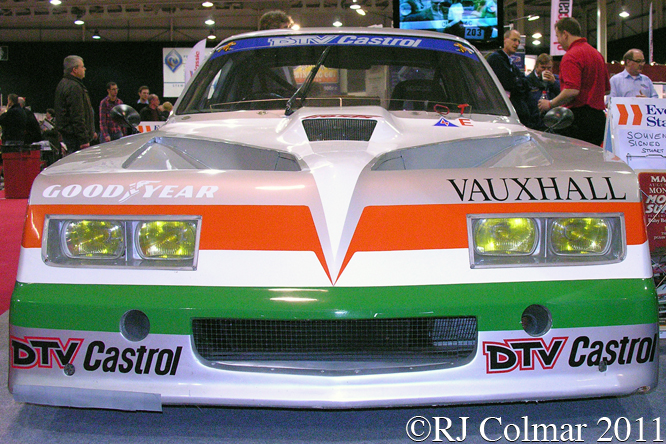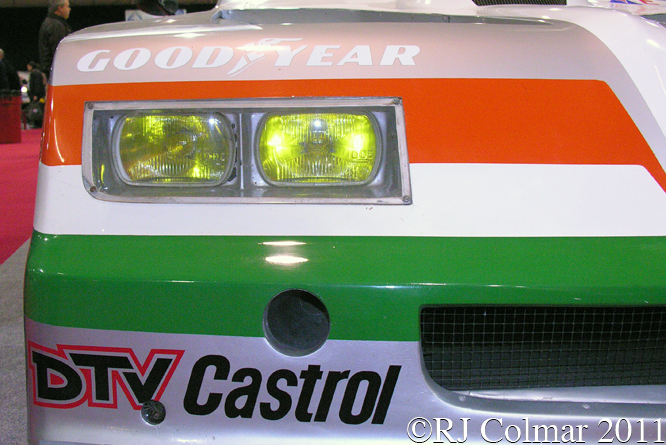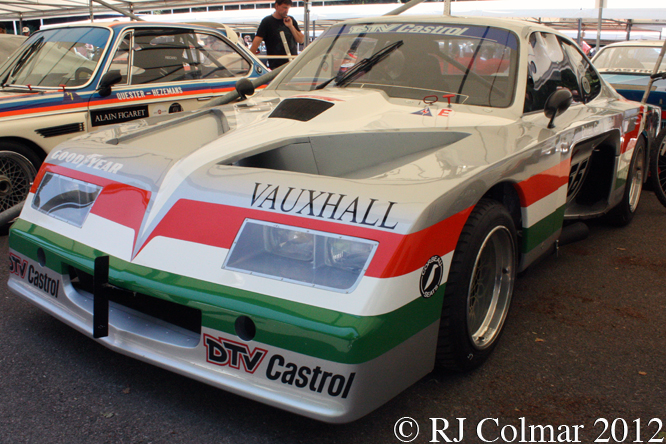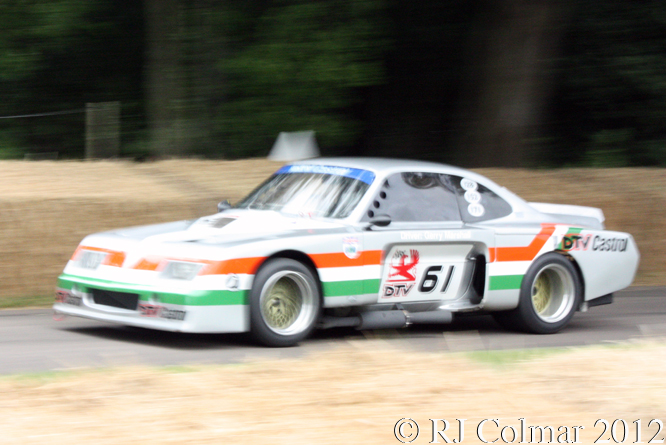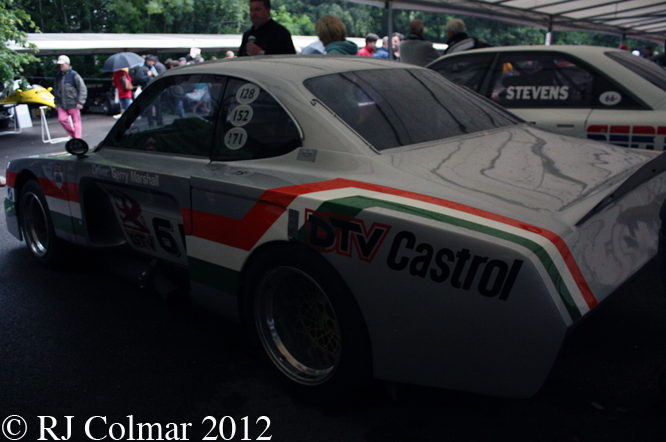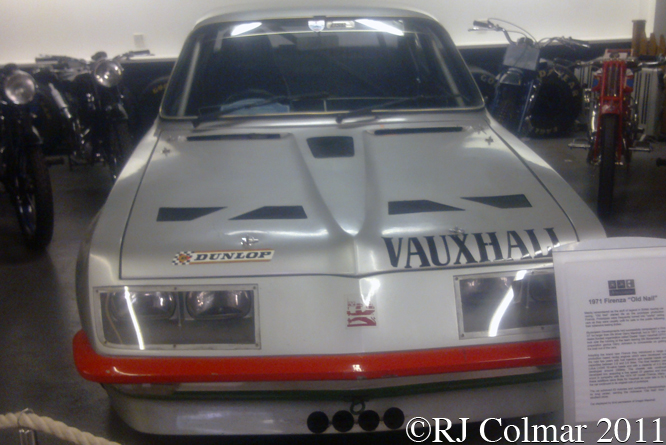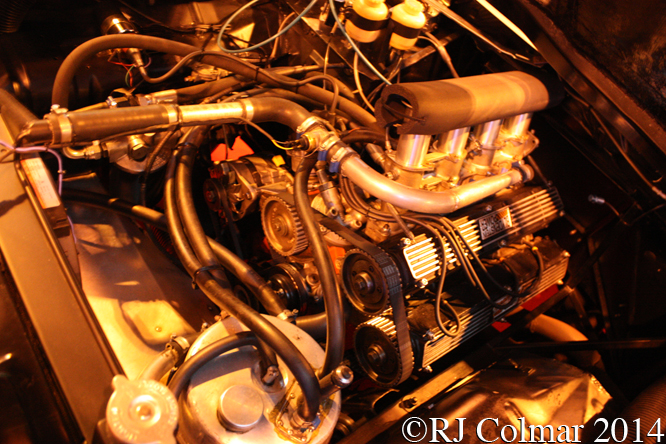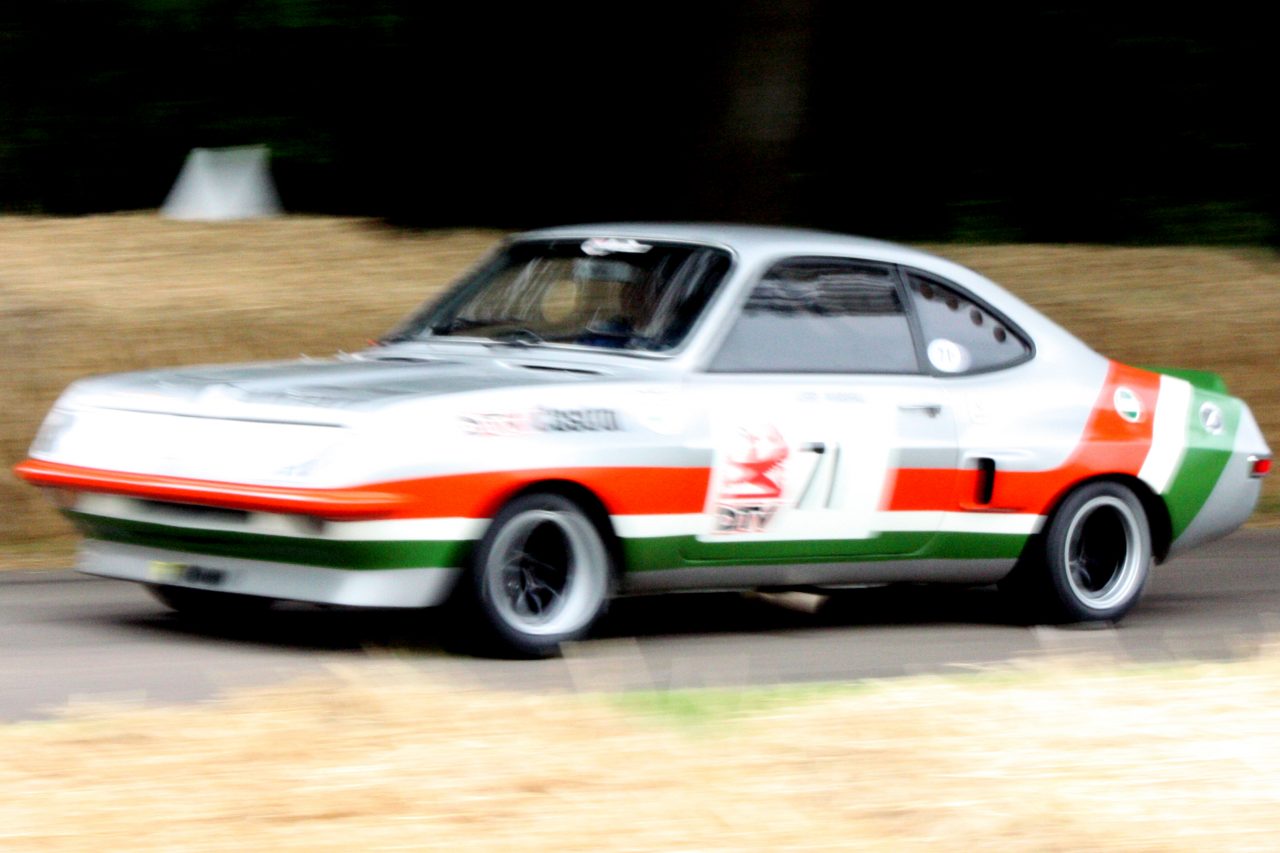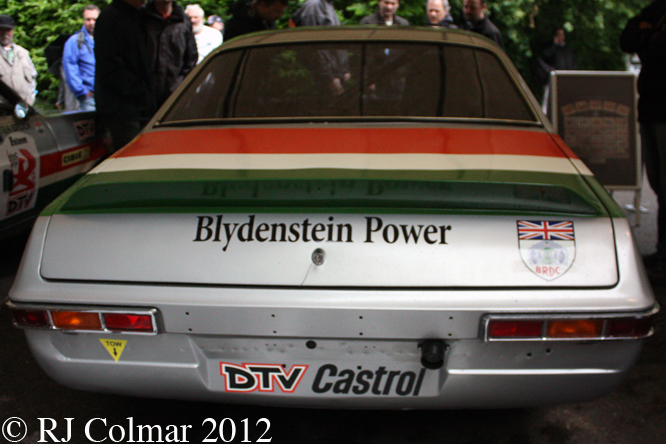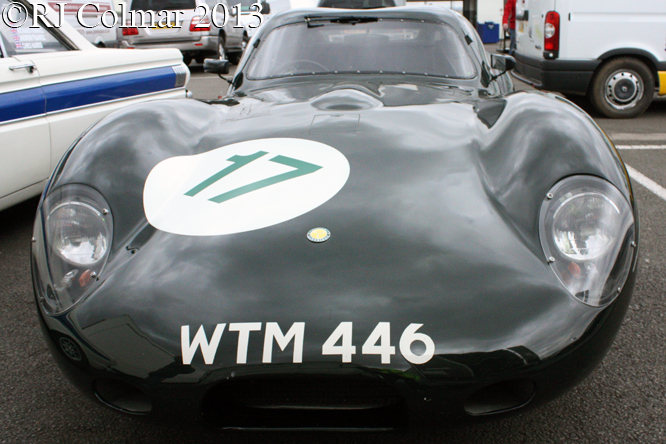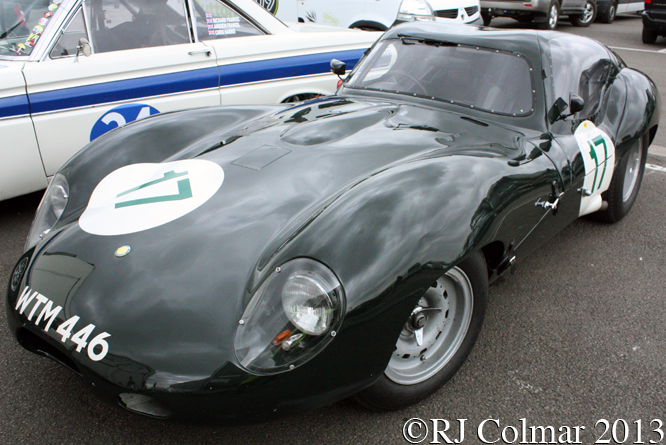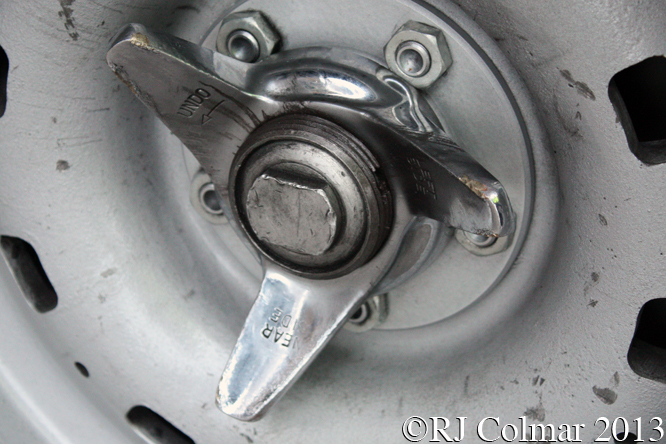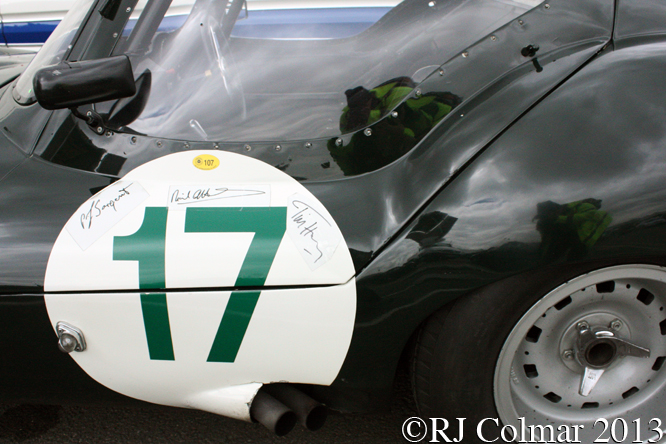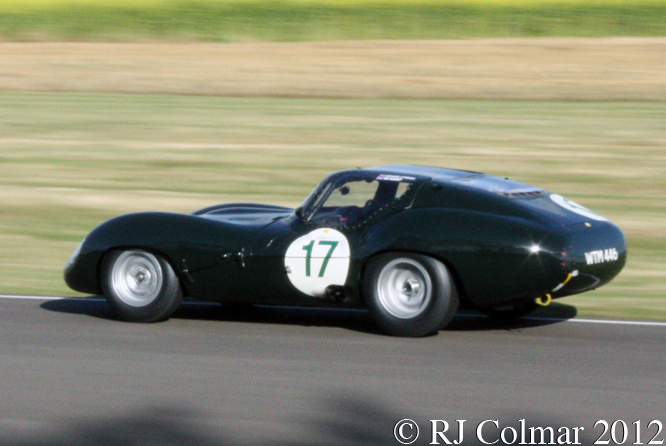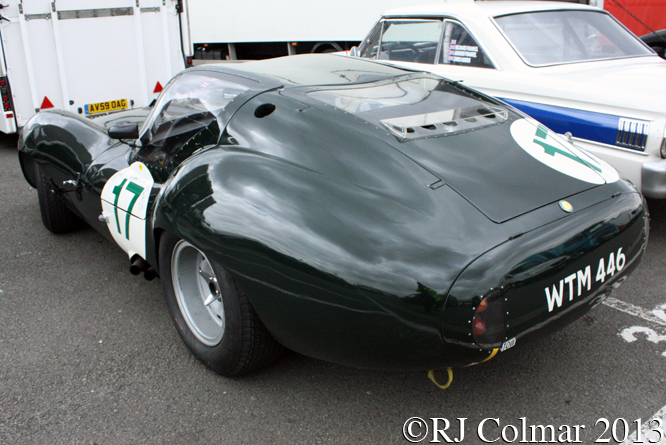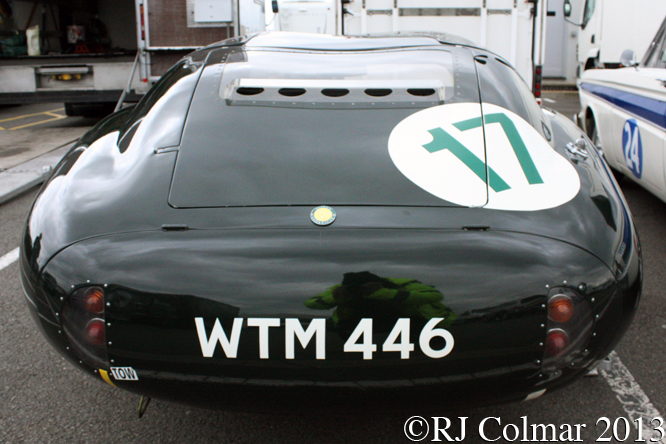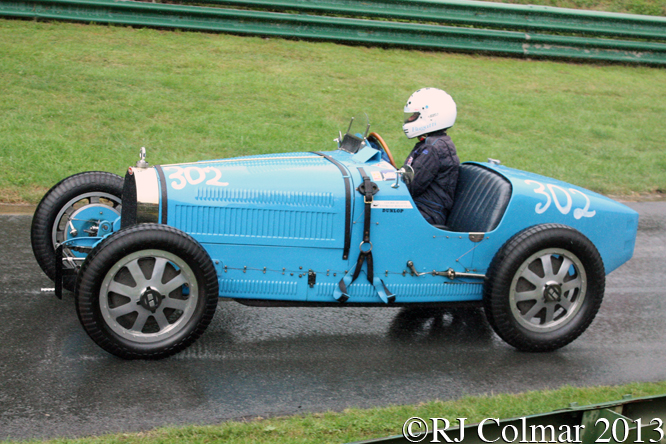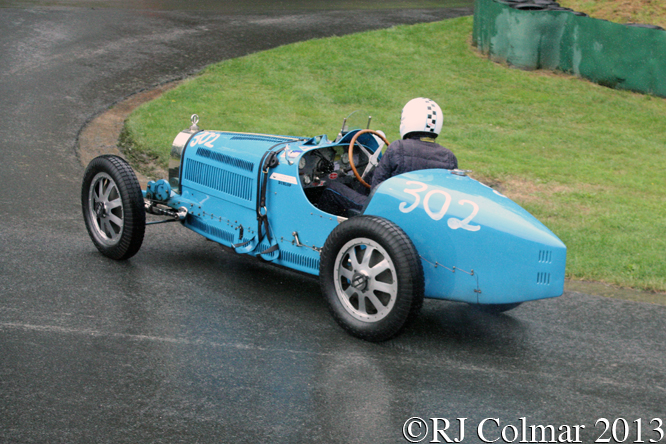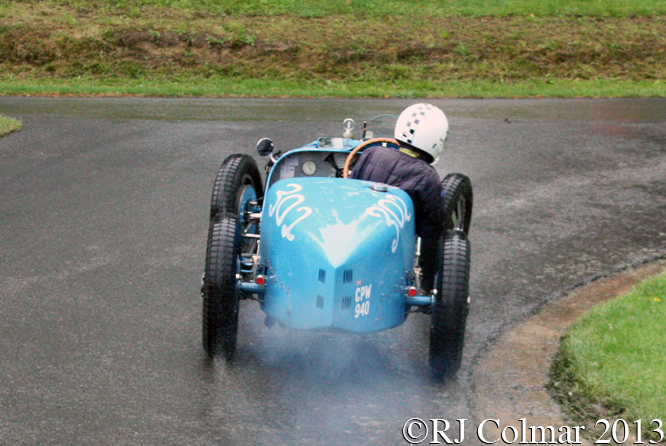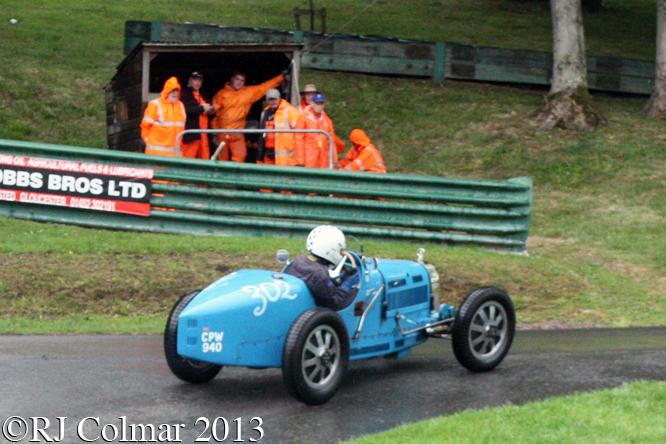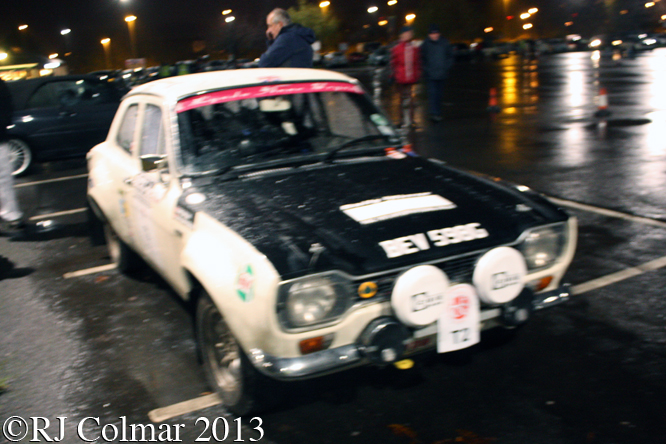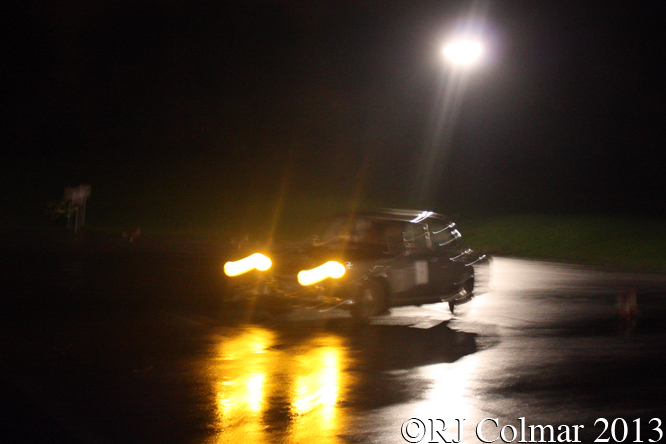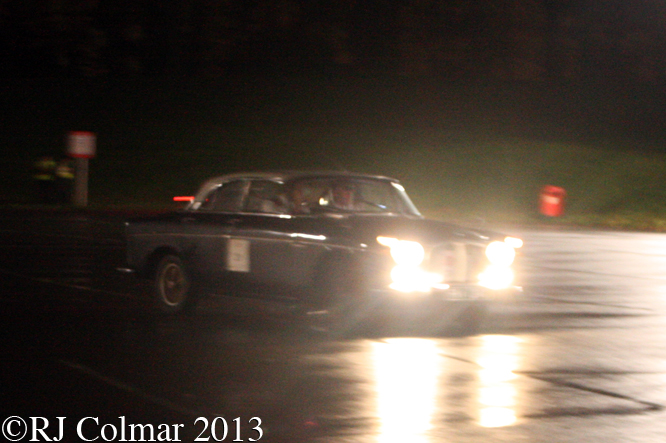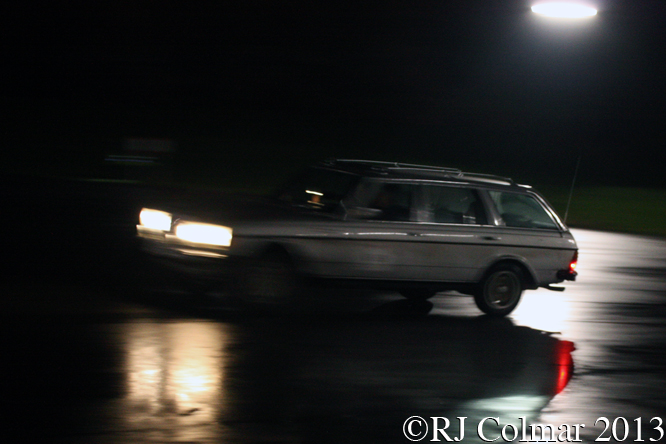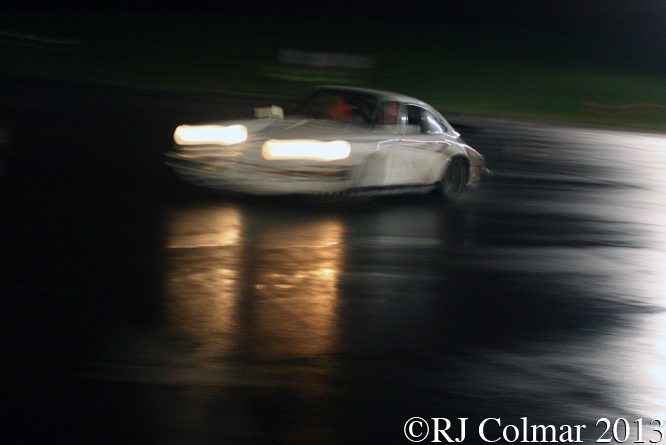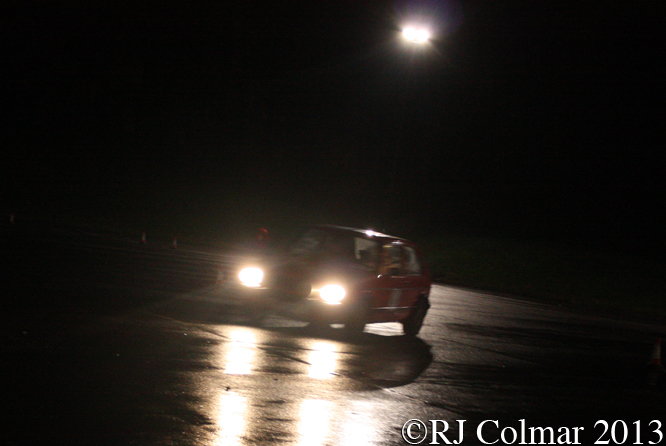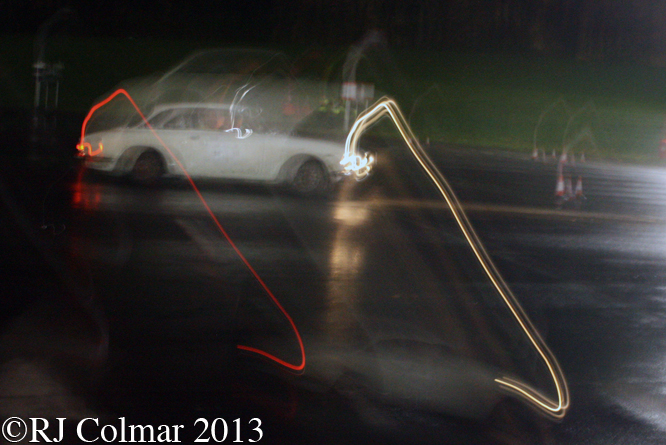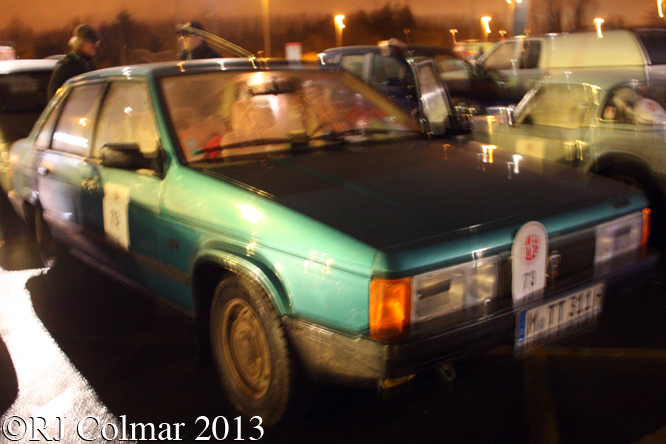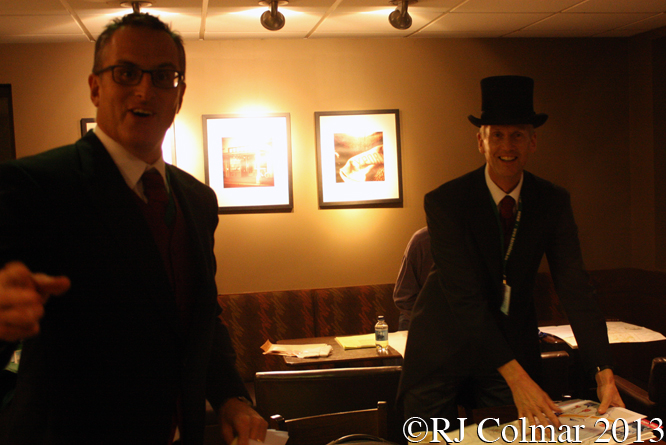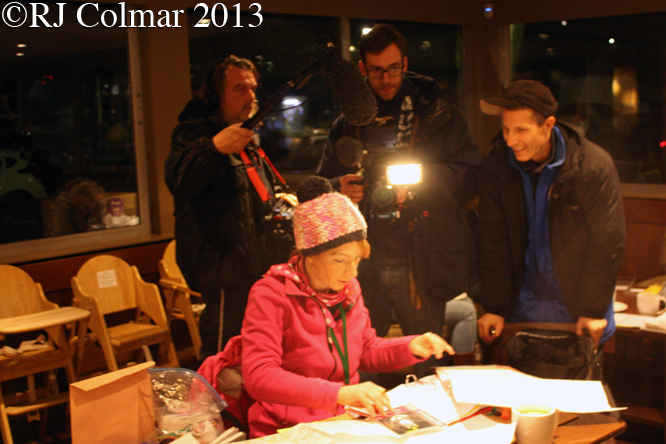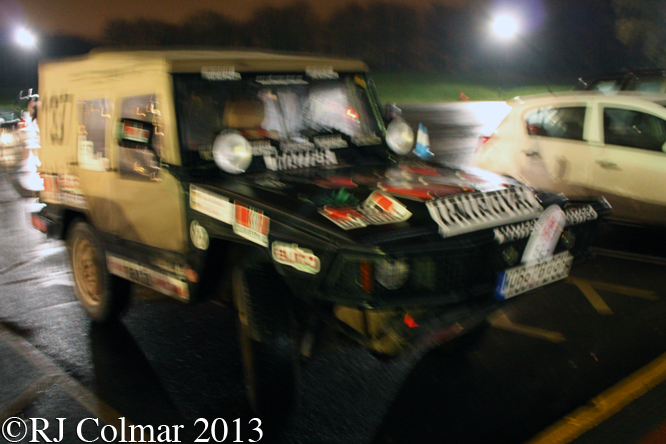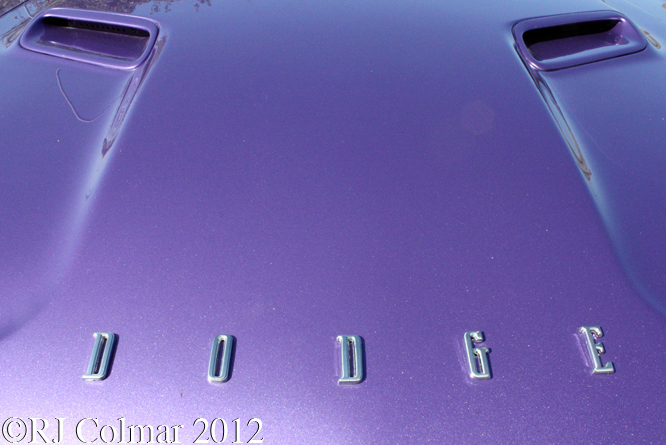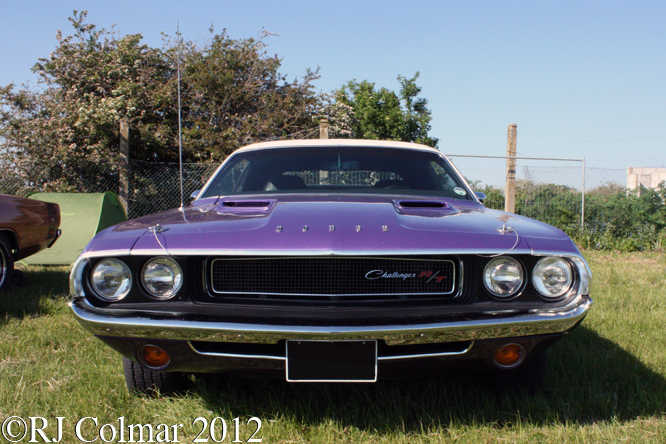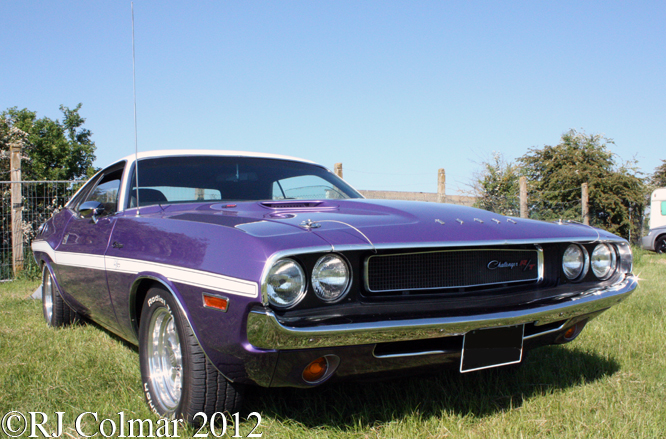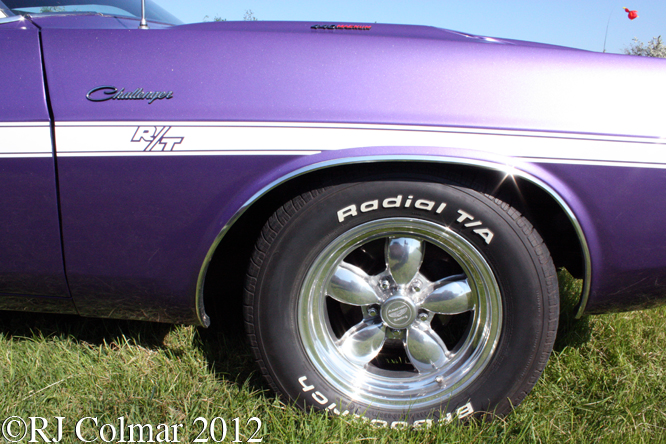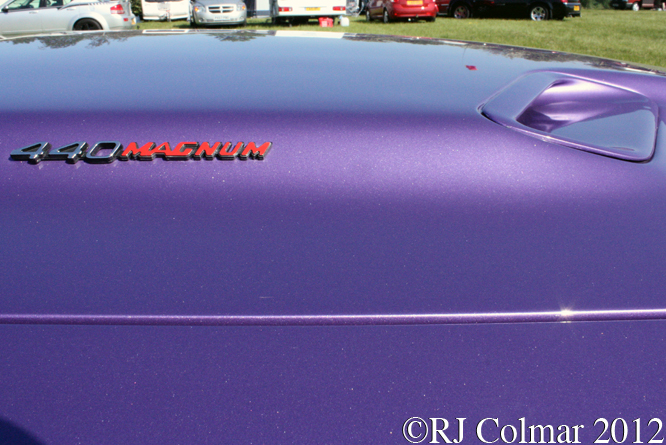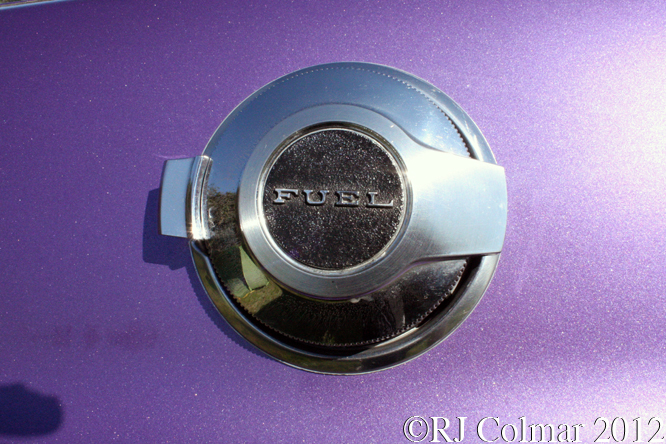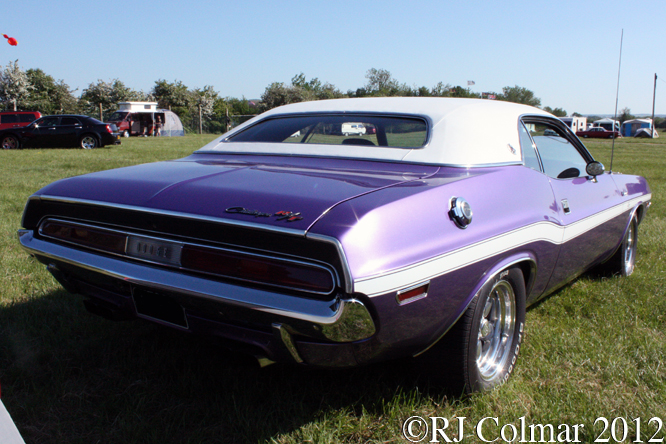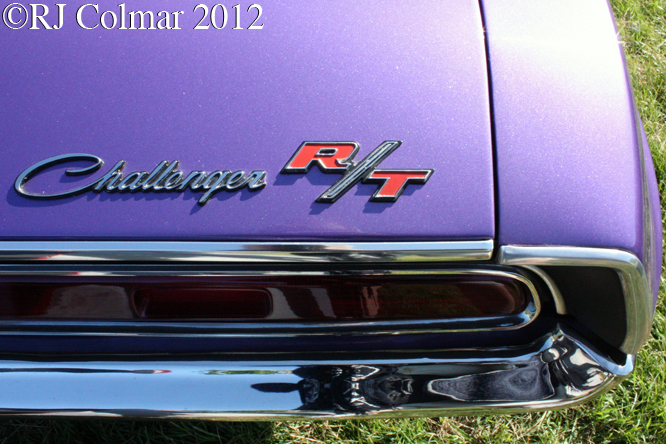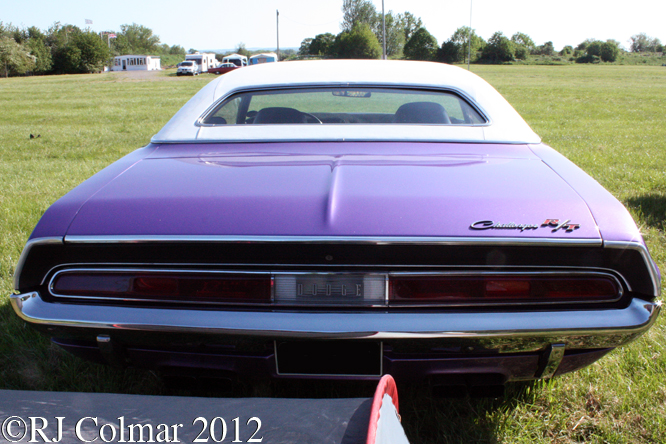Today’s featured car is a 1971 Chevrolet powered Lola T222, it is seen being driven with by of Britain’s most accomplished club drivers never to sit in a contemporary Formula Car by the name of Gerry Marshall at Brands Hatch in 1982. In both the contemporary programme notes and post race press reports the car is described as being “ex Chuck Parsons” and owned by Noel Gibbs an apparent novice to the motor racing scene.
In 1970 Lola Cars moved from it Slough premises west of London to Huntingdon, Cambridgeshire north east of London. All Lola cars built in Slough were given an SL prefix in their chassis numbers all Lola cars built in Huntingdon received an HU prefix in their chassis numbers.
The Lola T222 was a development, built for customers, of the 1970 Lola T220 with which Peter Revson had competed for Carl Hass (later to become Newman/Hass Indy Car fame) Racing. The T222 differed from the earlier model primarily by having a 10″ lange wheel base than the 1970 model.
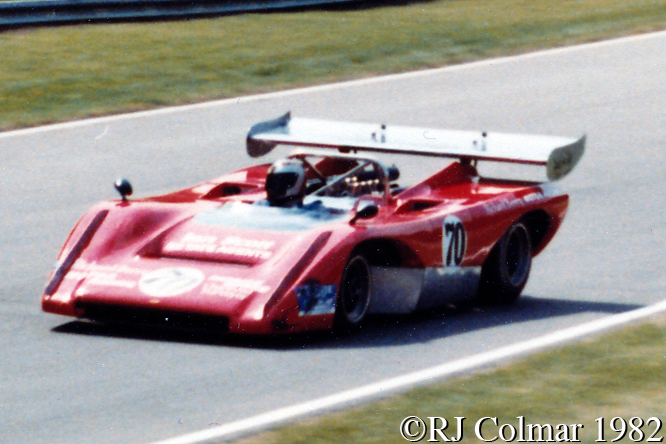
It is thought that nine vehicles were issued with a T222 chassis number which ran HU2 through HU9. The exact history of all 8 cars is not known, T222 HU1 may never have been issued because that number was thought of as the prototype T222 namely T220 SL/1. Now it get’s complicated.
T220 SL/1, the car driven by Peter Revson in 1970, crashed at Road America after it suffered a puncture. Two weeks later a new car appeared for Peter Revson with the chassis number T220 SL/2, but T220 SL/1 differed in one crucial respect, the front axle of SL/2 was ten inches further forward of the rear bulkhead than on SL/1.
It is believed that one of the early T222 chassis originally built in Huntingdon was hastily built up to replace the damaged SL/1 and shipped to Donnybrooke for Revson to race with the Slough chassis number T220 SL/02. It is also believed SL/2 might have become either T222 HU02 or perversely T222 HU/09 had it not been unexpectedly pressed into service in 1970.
The 1971 T222 models all shared the same wheel base as T220 SL/2 but there are some minor variations in the bodywork.
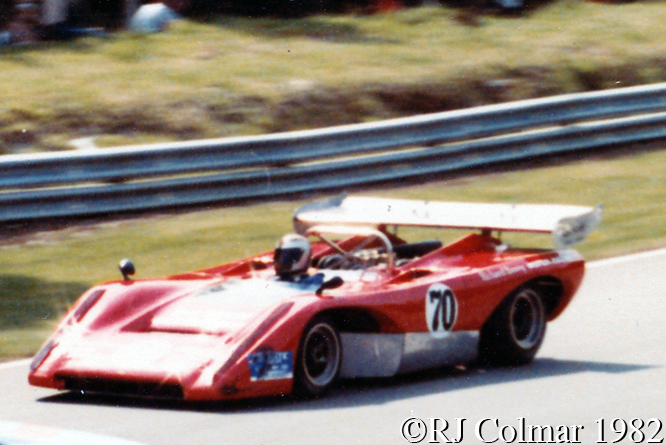
T222 HU7, today’s featured car, was delivered to Bob Nagel who drove the car with blue bodywork in the 1971 Can Am Challenge his season best qualifying and race performances came at Donnybrooke where he finished 10th from 16th on the grid. The rest of his races apart from an 11th at Mount Tremblant were dogged by mechanical unreliability.
In 1972 Bob campaigned the HU7 again swapping the 7 litre / 427 cui Chevrolet V8 for first a 7620cc / 465 cui and later an 8095 cc / 494 cui unit. The larger motors contributed to three 8th places finishes which along with 2 10th’s an 14th place in the final 1971 Challenge standings 4 spots behind Charlie Kemp in the Bobby Rinzler T222 HU8.
Bob topped his 1972 season with a third place finish from 2nd on the grid in an ASR race run at Road Atlanta at the seasons end.
Gene Fisher bought HU7 for the 1973 season and appears to have started just one event at Road Atlanta with a Chaparral built 427 motor. Gene retired in the 1st heat from 21st on the grid and did not start Heat 2.
Despite apparently having lost a wheel during the course of the opening meeting for the 1974 Can Am Challenge at Mosport Gene started 11th and finished a season high 6th driving HU7 now in it’s forth year of competition. Engine and gearbox failures accounted for the cars three remaining races.
In 1981 Chuck Haines sold HU7 to Noel Gibb and the following year Noel did a deal with Gerry Marshall to lend him the car free of charge while Gerry tried to sell the car on Noel’s behalf, the car was not to be sold before the British Grand Prix meeting where Gerry is seen at the wheel here.
The throttle on Gerry’s car broke before he set a qualifying time so he started the Atlantic Trophy Race from the back of the grid. He worked his way up to 4th before easing off when his door came undone. After passing through the hands of three further owners T222 HU7 was purchased by I believe the current owner David Edwards.
While reading up on the Lola T222 I learned that Chuck Parsons never drove a Lola T222 in period and that the widespread myth that HU7 was ever driven by him possibly originated in the Brands Hatch publicity office with some incorrect programme notes.
My thanks to everyone who contributed to the Lola T222 thread at the Ten Tenths Forum particularly Gregor Marshall who’s post confirmed the identity of today’s featured car, Jeremy Jackson and David Edwards who posted details of the believed chain of ownership of T222 HU7, along with Tim Murray who kindly furnished me with the contemporary race reports from Autosport.
Thanks for joining me on this “The Chuck Parsons Myth” edition of “Gettin’ a li’l psycho on tyres”, I hope you will join me again tomorrow. Don’t forget to come back now !
